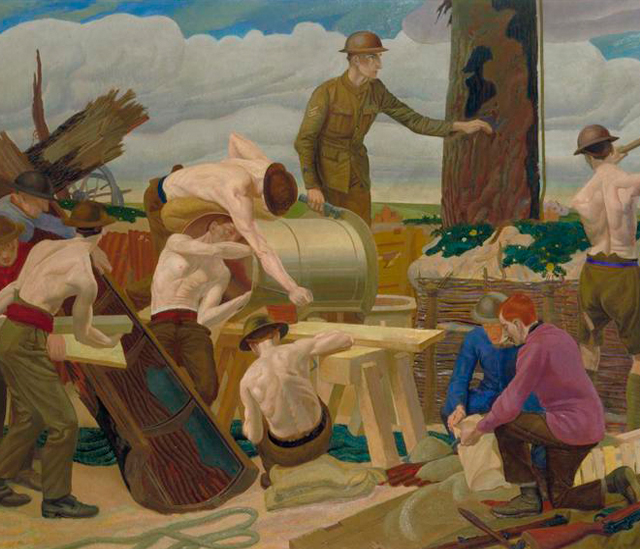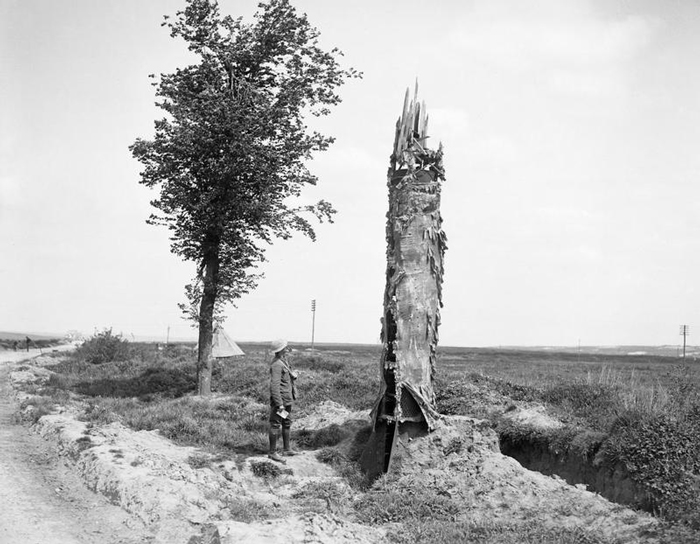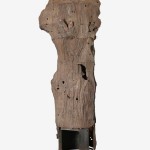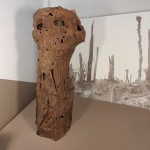Did you know that, during the First World War, armies used to erect fake trees as observation and sniper posts?
Trying to hide yourself in No Man’s Land during the war was a risky business. The badly damaged landscape gave no real cover from the watching eyes on either side. Therefore, the ability to spy on the opposite trenches whilst remaining hidden was highly valuable.
To achieve this, both sides began to develop Observation Post Trees (O. P. Trees) made of iron, canvass and sheet metal. Designed to replicate the shell splintered trees that existed in No Man’s Land, these observation posts were originally constructed behind the lines. Then, once they were nearing completion, during the darkest nights engineers would cut down or remove existing trees and replace them with the false one.
From these fake trees observers and snipers were now able to watch the enemy whilst effectively hiding in plain sight. The British Army used around 45 Observation Post Trees during the conflict with the first being placed near Ypres.











